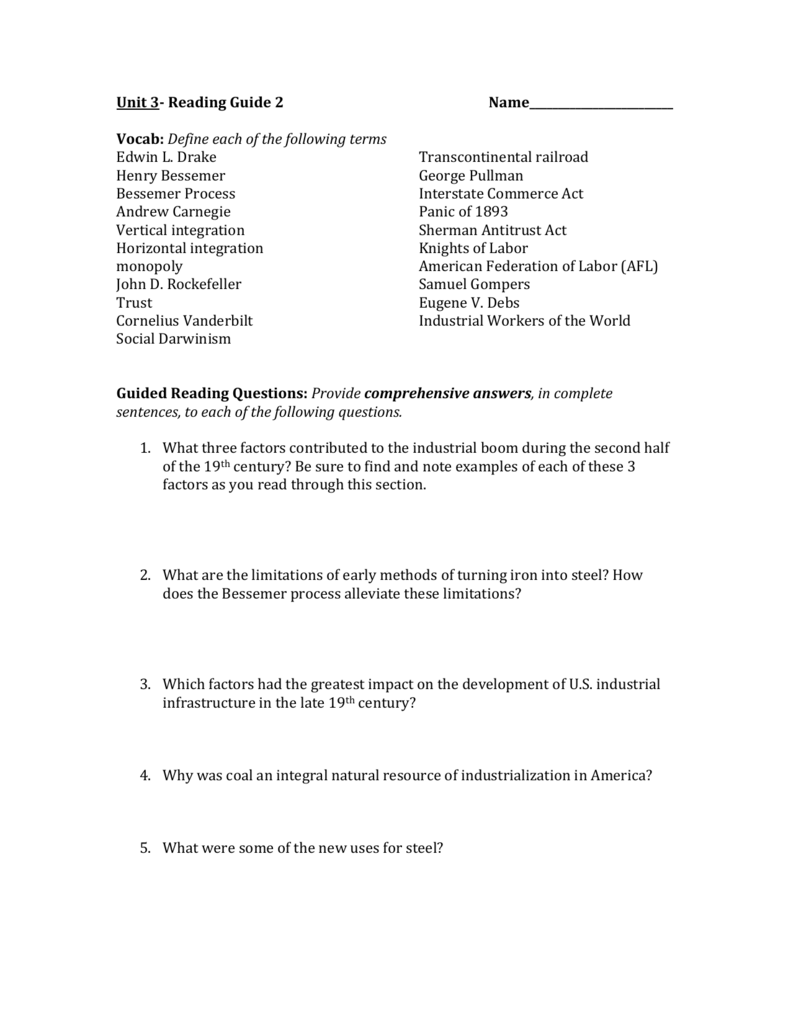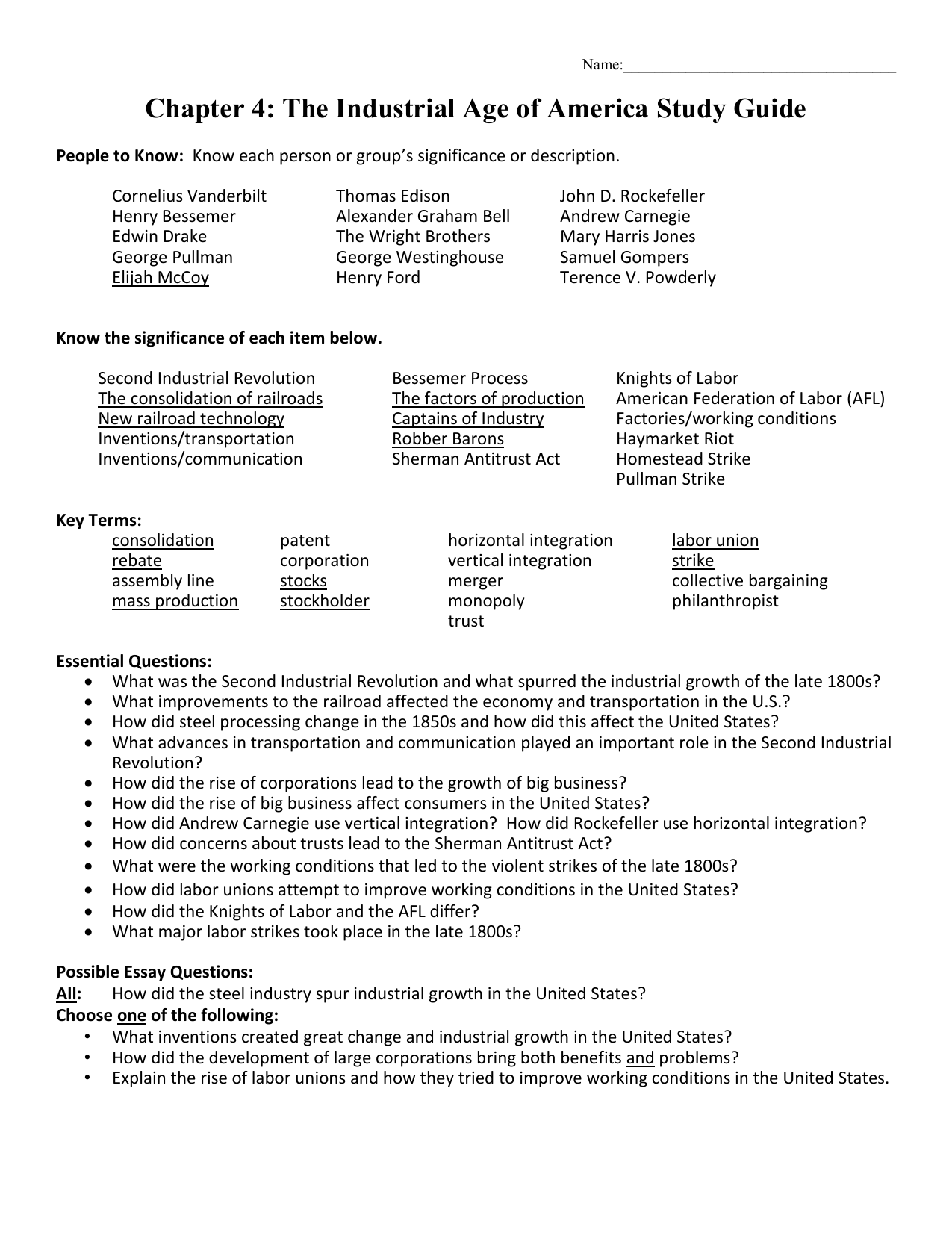

The cookie is used to store the user consent for the cookies in the category "Performance".

Railroad development illustrated a number of the. This cookie is set by GDPR Cookie Consent plugin. The two industries that played the leading role in this economic revolution were railroads and steel. The cookie is used to store the user consent for the cookies in the category "Other. This cookie is set by GDPR Cookie Consent plugin. The cookies is used to store the user consent for the cookies in the category "Necessary". The cookie is set by GDPR cookie consent to record the user consent for the cookies in the category "Functional". The cookie is used to store the user consent for the cookies in the category "Analytics". These cookies ensure basic functionalities and security features of the website, anonymously. Necessary cookies are absolutely essential for the website to function properly. New inventions made housework easier to handle. Other innovations followed, including detailed cost- and production-accounting procedures that enabled the company to achieve greater efficiencies than any other manufacturing industry of. New inventions made chores more time consuming. In the 1870s Carnegie’s new company built the first steel plants in the United States to use the new Bessemer steelmaking process, borrowed from Britain. How did new inventions change household chores during the Industrial Age? New inventions made chores slower and more relaxed. How did new inventions change household chores during the industrial age? Using the Bessemer process, Carnegie Steel was able to reduce the costs of steel railroad rails from $100 per ton to $50 per ton between 18. The new mill, known as the Edgar Thomson Steel Works, opened in 1875, and started the growth of the United States as a major world steel producer.

Why is the Bessemer process significant and how did it contribute to the success of Carnegie? This answer has been confirmed as correct and helpful. I say this because Edgar Thompson Steel Works. The way that the Bessemer process contributed to the development of Carnegie’s monopoly is that it allowed Carnegie to produce higher quality steel more quickly, which increased demand. Along with the vertical integration his honing of the Bessemer process created somewhat of a monopoly in the area. Did the Bessemer process contribute to the development of Carnegie’s monopoly? This made steel easier, quicker and cheaper to manufacture, and revolutionized structural engineering. Bessemer had been trying to reduce the cost of steel-making for military ordnance, and developed his system for blowing air through molten pig iron to remove the impurities.


 0 kommentar(er)
0 kommentar(er)
